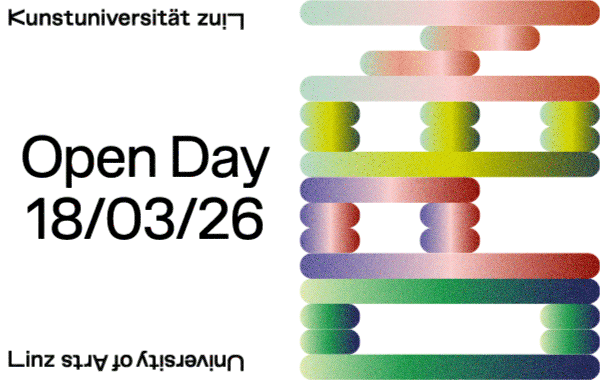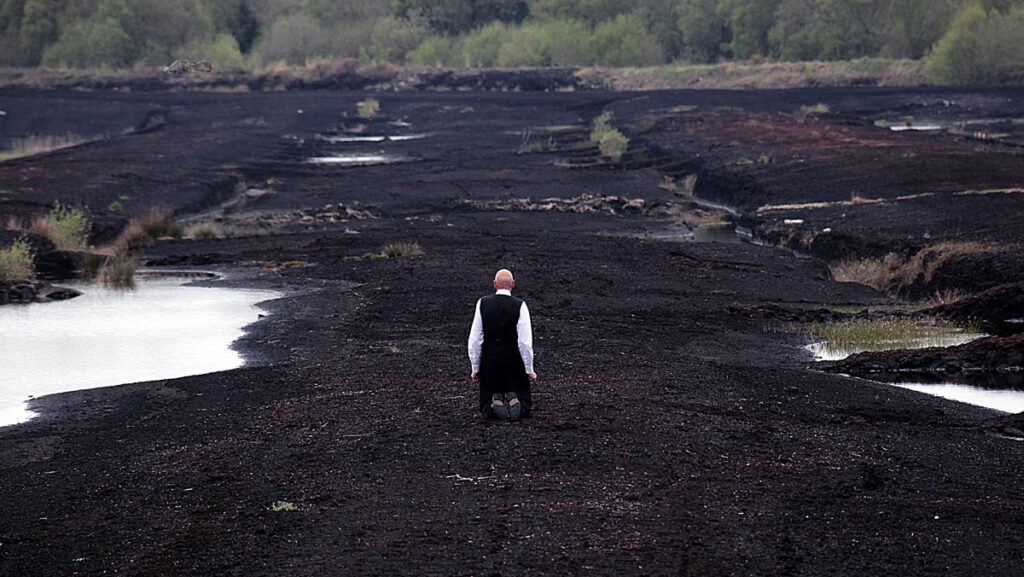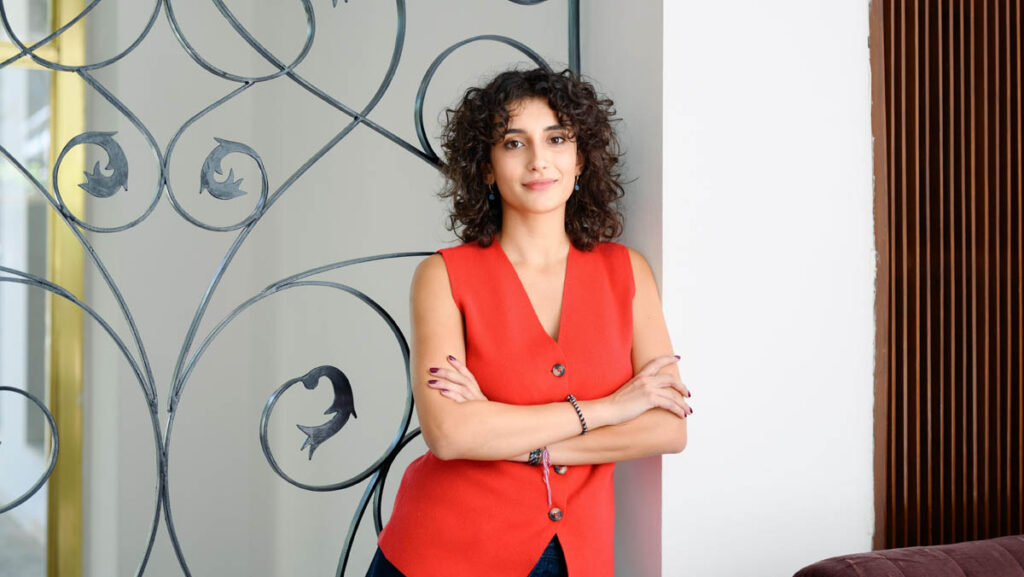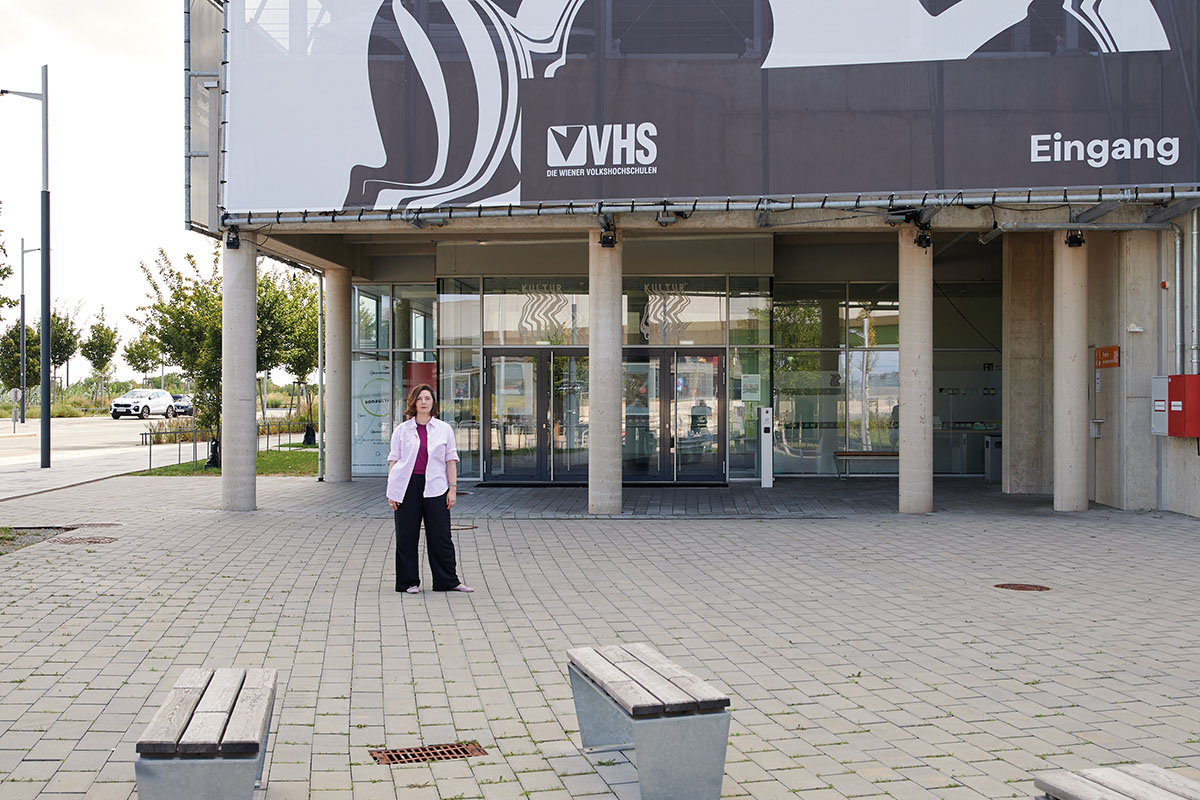
You were born and raised in Vienna, but you also spent time in Paris. Could you tell us a little about your background?
My early years were much centred on theatre. I began with small productions, helping wherever I could; ironing costumes, setting up stages, doing whatever was needed. Later, I moved to Paris for my studies, where I completed a master’s degree in theatre studies. Vienna has a strong tradition of theatre and classical music, and growing up, I felt that these two fields really dominated the cultural landscape. Theatre was my first great love. Over time, however, I felt drawn to explore other forms of expression, beyond text and drama. I became more and more fascinated by atmospheres, by sound, and by the spaces themselves. And that fascination continues this year, when we open in a church with an organ concert by composer Jakob Schauer – again mixing tradition with experimentation.
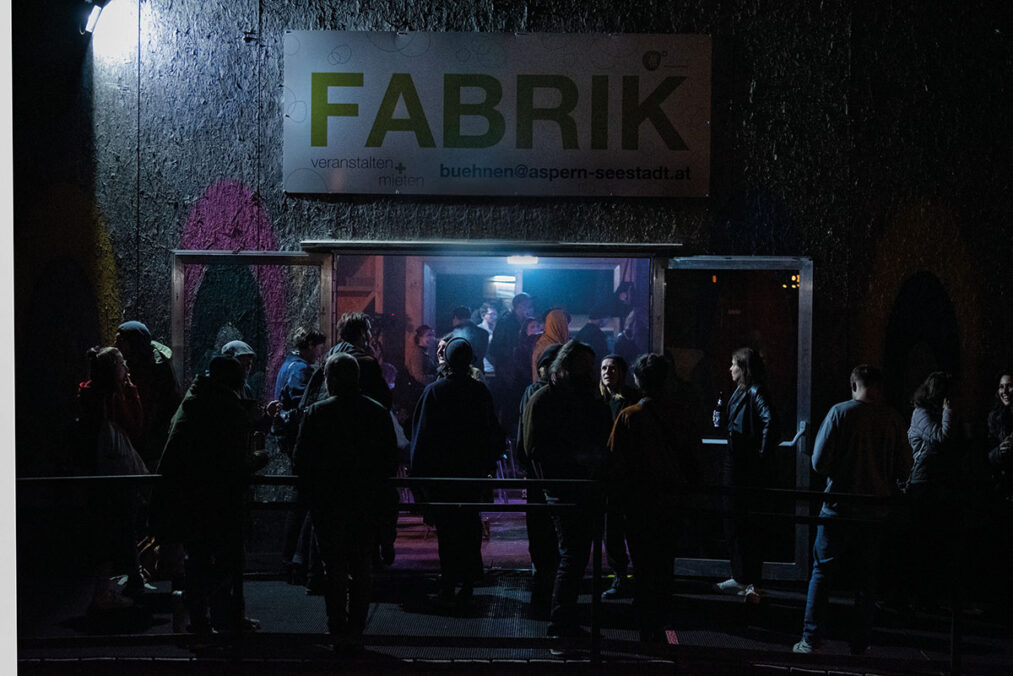
When this switch happened, how did you move toward performance art and music?
When I started my cultural work, the performance art scene in Vienna was still small. Institutions like Tanzquartier and Brut were crucial in developing it and making it what it is today.
Back then, I also started writing and producing my own theatre productions, one of which led me to Mo.ë, a former art space in the 17th district. This was a truly unique space, featuring collaborations across genres, emerging artists, media artists, digital artists, and experimental musicians. It became a turning point for me – and I fell in love with sound as an artistic force in its own right. I had already worked with sound artists in theatre, but here I encountered sound making in a completely new way – many artists approached sound differently, almost sculpturally.
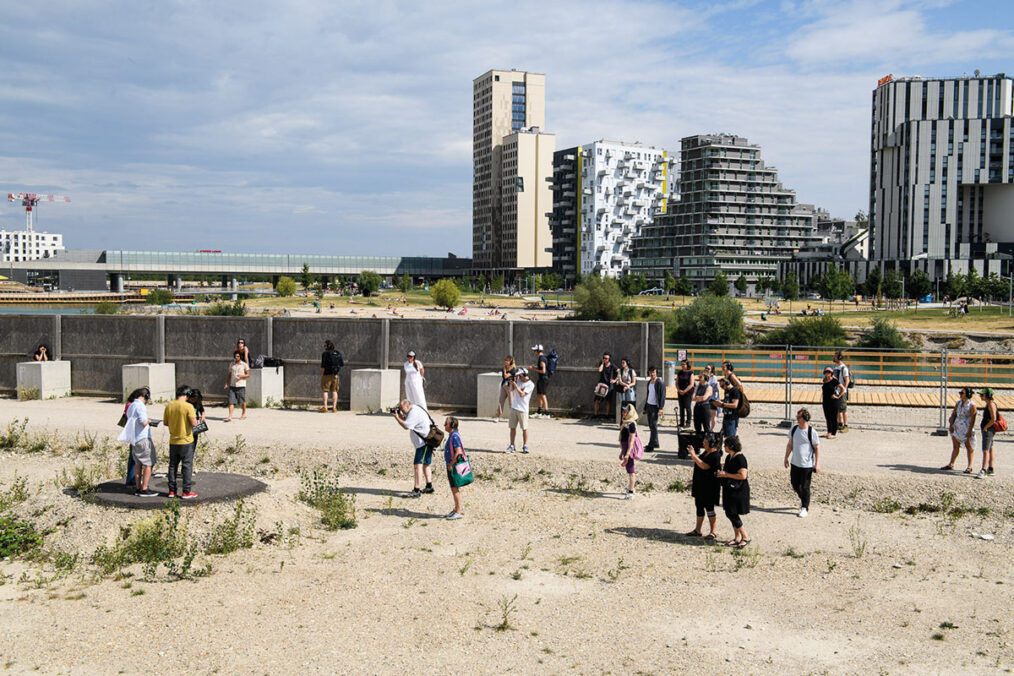
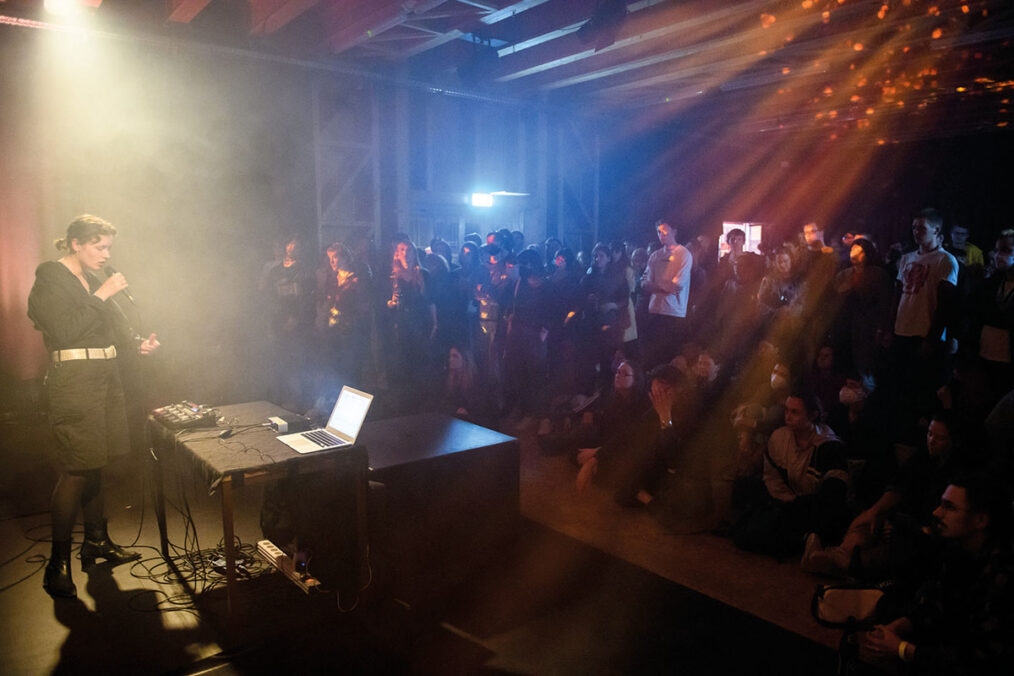
When did the idea for Sonic Territories first emerge?
Mo.ë eventually closed, and I felt Vienna really lost a place for the transdisciplinary and the uncategorizable. At the same time, Seestadt Aspern – still a construction site then – opened up as a „non-lieu“ – a space of possibilities. In 2018, we did our first edition „out there“. Sonic Territories really emerged from the necessity to broaden the artistic field and provide a stage where experimental sound and energy could really unfold. Seestadt gave us the freedom to start something that didn’t have to fit into existing categories, and that spirit still defines the festival today.
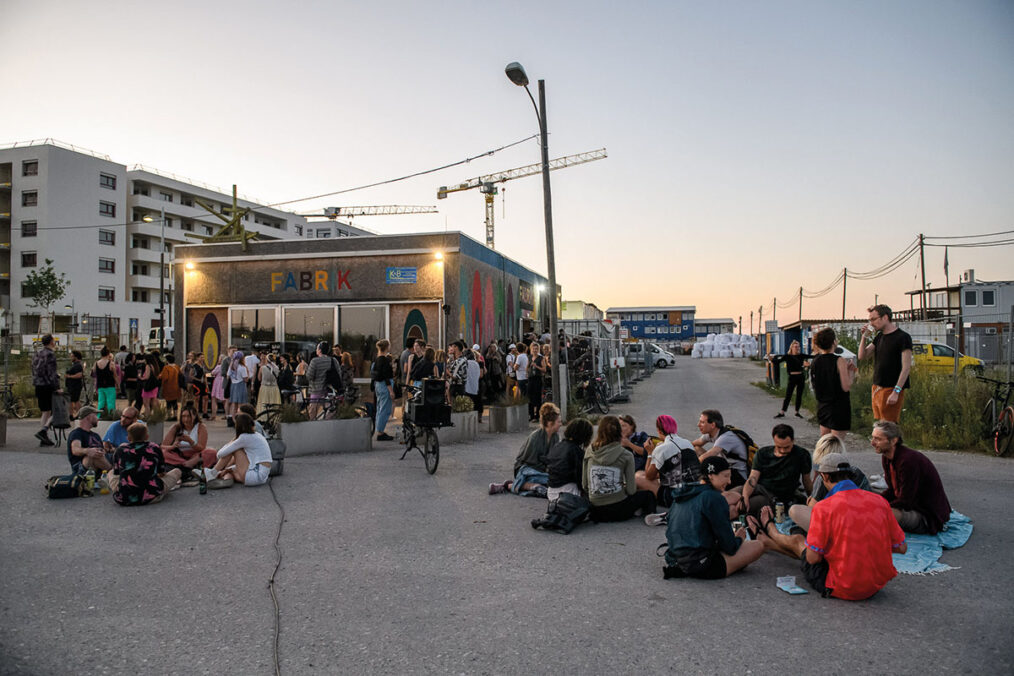
And how do you usually find the artists?
I mainly discover artists by attending local concerts or listening online. Recently, traveling to other festivals has been as important and fruitful, as much as networking. But I also see how structural inequalities shape visibility: it’s often male artists who are trained to promote themselves. This year, Fae Bestia and Tmnit Ghide contacted us directly, and we booked them on the spot. For me, curating means countering that imbalance and creating space for underrepresented voices to be heard, because visibility doesn’t come equally to everyone.
How do you remember that very first festival in 2018? Did you have support at the beginning?
The 1st edition was truly challenging – and surprising. A wooden pavilion on a construction site in Seestadt with largely not yet inhabited buildings and an iridescent artificial lake – no one told us what we could or couldn’t do. We had a lot of freedom with limited funding. My closest friends and family supported with the logistics. That’s how we did an improvised and electronic music night – in the middle of nowhere, so to speak. We combined concerts with sound and media art installations. For us, sound quality was crucial, and we made sure we had good equipment because we wanted people to experience listening at its best.
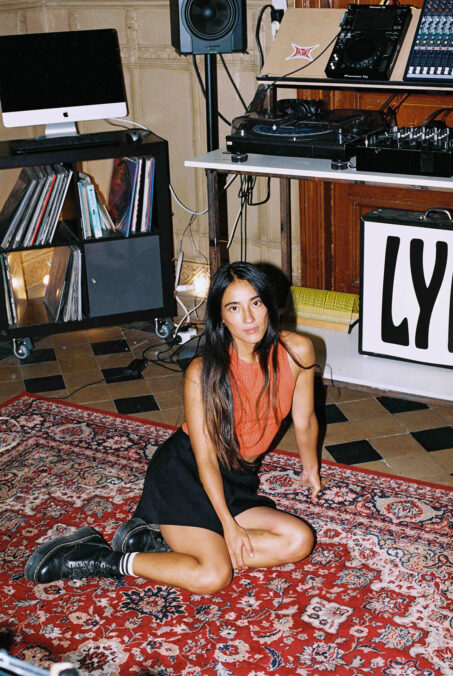
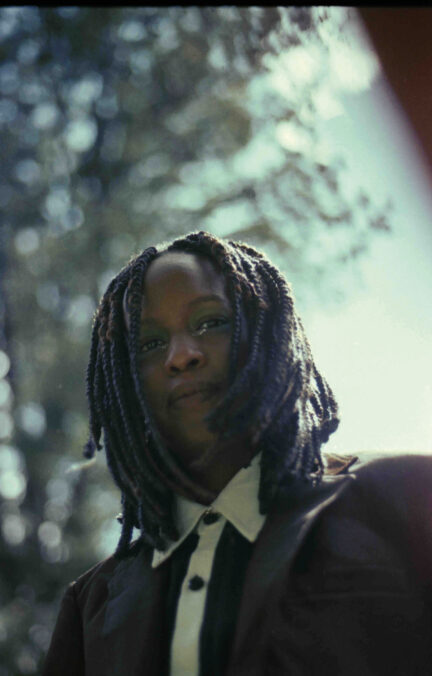
And all the people who loved experimental music came. A key figure of improvisational music, Mia Zabelka, as well as renowned media artist Tina Frank, did an A/V show. I remember another group did a longer improvisation, and I had to really go on stage and ask them to come to an end – The energy was buzzing, and I think that’s when I really felt: This is it – It’s important and it makes sense to build a new festival from scratch. I’m also very grateful for the long-lasting support and interest of the local authorities in Seestadt.
You mentioned the importance of space. Why is the choice of venue so central for Sonic Territories, and what are other important factors?
Sound needs focus. A church concert can be a visceral and almost spiritual experience, a club makes it physical. Outdoors can be magical, but also unpredictable with weather, noise, or even complaints. For me, it’s about combining listening with feeling the different intensities through the body. With locations like Kulturgarage in Seestadt, we can expand our possibilities for immersive Live A/V shows thanks to the excellent tech. Other venues at rather remote places like Glaubenskirche Simmering will offer new communal dimensions – these spaces also carry histories of power and tradition, but we use them for new, critical, and diverse artistic voices, such as the site-specific intervention by performance artist and singer-songwriter Alex Franz Zehetbauer.
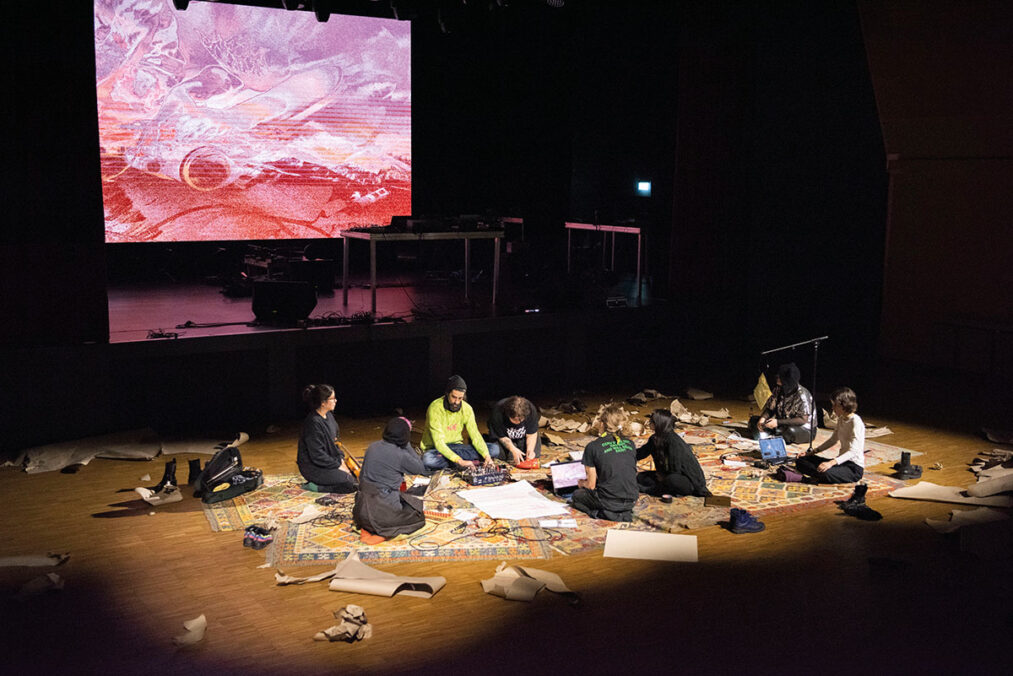
This year’s edition of the festival will open with an organ concert in the Erlöserkirche (Kirche Am Schüttel) by Jakob Schauer, „End of Resilience“. So the focus is again listening, seeing, and feeling. How do you want audiences to experience the festival in general?
Jakob Schauer’s premiere of the organ and electronics will be a special moment. Jakob is an artist we have been working with several times over the past years, and I’m thrilled to see how he has been developing his craft and composing new works.
The festival started as a space for listening, but it’s always been about more than that: What matters most is freedom of experimentation. Experimental music is about breaking categories, leaving behind what’s been taught at school or conservatories, and finding your own voice – sometimes it’s a concert, performance, or often both. At Sonic Territories, we try not to label too much; what matters is giving space to artists who carve out their own singular ways of expression, beyond mainstream expectations.
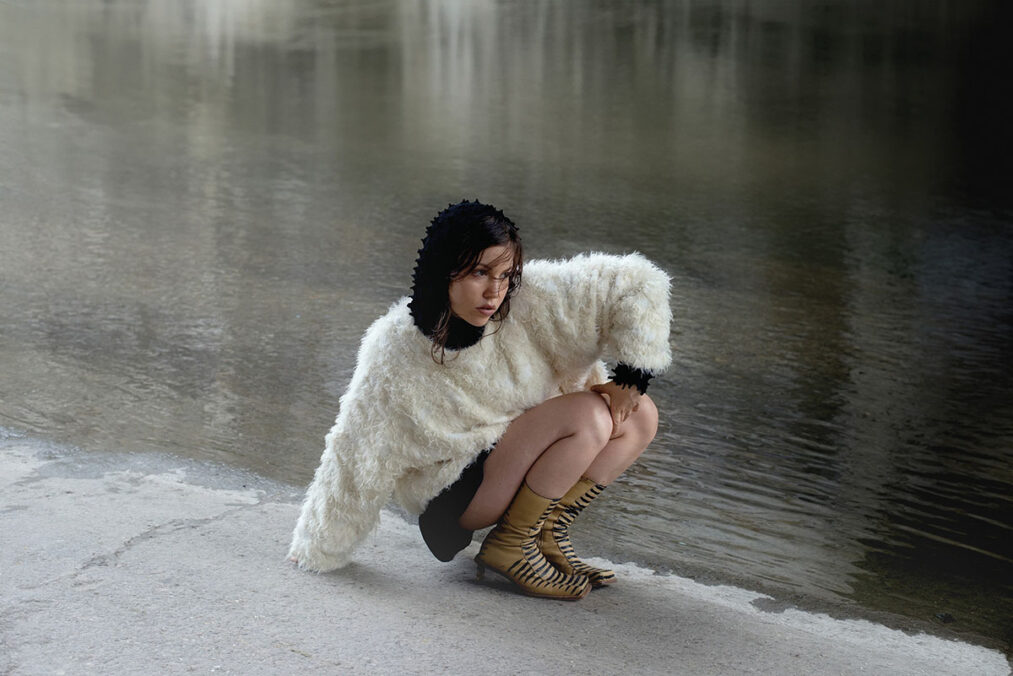
Equally, the audience is invited to experience this freedom – encountering art without being confined by expectations, labels, or predetermined paths of interpretation. Our audience comes with an open mind and ear – and this year, even more than ever, a sense of curiosity to discover new venues in remote parts of town.
Sonic Territories has always had an international dimension, and it offers workshops and lecture-performances now. Why was that important?
Sharing knowledge is crucial. This year, we offer a special workshop with Slovakian media artist Boris Vitázek and the special format „Kinetic Mass“ combining workshops, knowledge sharing, and presentation. Peter Kirn, Uli Kühn, and Ukrainian Media Artist Sophia Bulgakova partner up with Krach am Kanal, offering the possibility to engage via an open call for our Main Day in Seestadt.
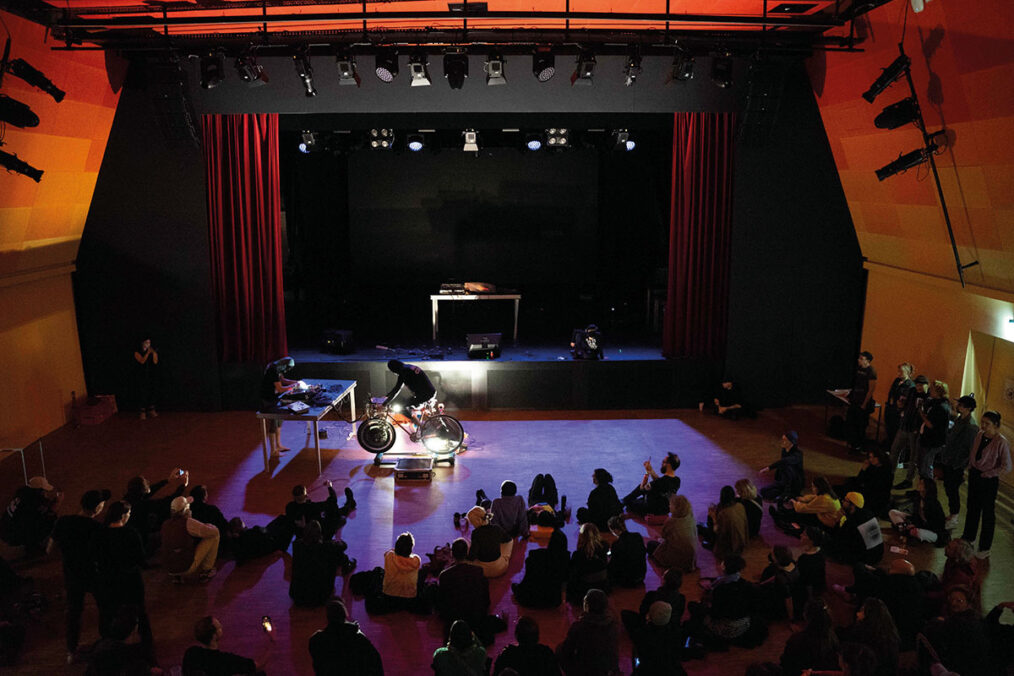
The Festival’s overall aim is to connect local and international artists. Compared to other European capitals, Vienna has a strong potential thanks to its closeness to Bratislava, Budapest, and Prague – strong cultural hubs with vibrant experimental scenes. For too long, artists from Eastern Europe had less visibility. With Sonic Territories, I want to change that, and we’re happy to have the Lunchmeat Festival from Prague and the Polish Institute Vienna as our creative partners to support in realising the concerts of Sara Persico and Mika Oki’s light show, as well as the Austrian premiere of a great Polish guitarist Raphael Rogiński. It also allows us to present emerging talents such as Loufr (PL) and Fae Bestia (CZ).
This year, you’re also part of a European collaboration, right?
Yes, we’re involved in the Creative Europe project AMP – Adventurous Music Plateaux, together with partners from all over Europe. In a time when Europe feels divided on many levels, I believe cultural projects are a way to practice solidarity across borders. For me, these projects are about allowing artists from underrepresented regions (i.e., Eastern Europe, Mediterranean regions) to gain more visibility. Experimental music doesn’t only thrive in Berlin or Amsterdam, and shouldn’t only be found underground.
This year with AMP, I’m especially excited about our workshop & lecture performances program: with artists such as Merche Blasco and Daphne von Schrader, or Jens Vetters‘ „Live-Coding for Beginners“ and Nyokabi Kariūkis‘ „Body Percussion“ workshop.
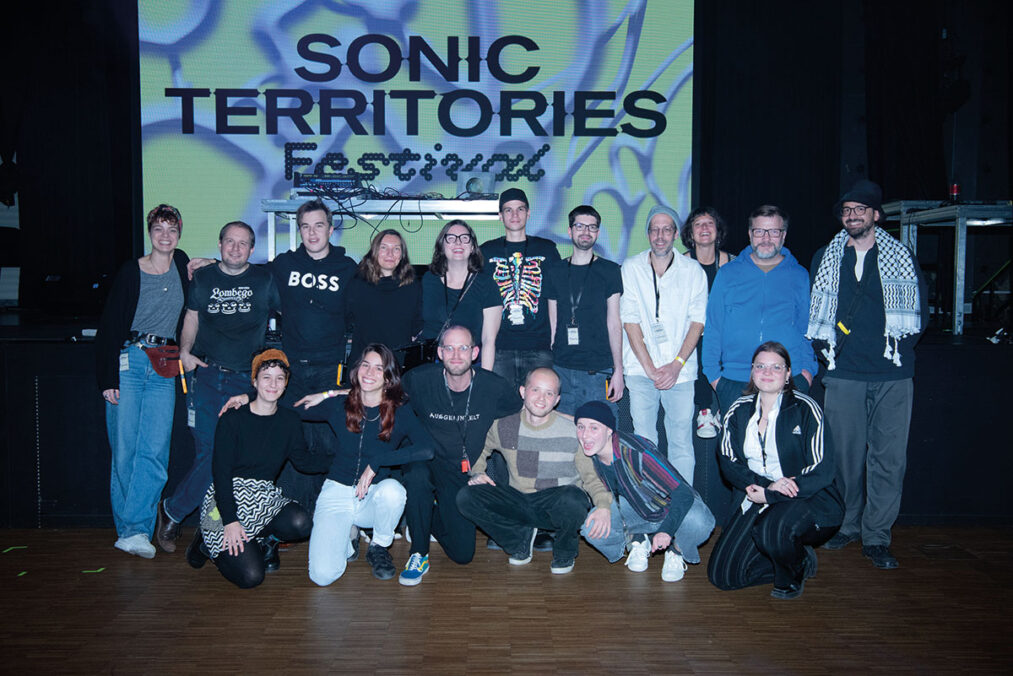
How do you personally experience the festival during those days?
What I enjoy most is the community – artists, audiences, my team. The festival is a shared experience and the fruit of a long process – it really is a celebration.
This year’s festival is packed with incredible acts, and I’m excited to fully immerse myself: experiencing Kinetic Mass in Seestadt, letting loose with HUUM at Kulturgarage, dreaming at Glaubenskirche with Natasha Moreno, and being blown away at WUK by Nyokabi Kariũki’s world premiere solo performance and Sara Persico & Mika Oki’s immersive light show. I wouldn’t want to miss the hypnotic intensity of PÖ or the powerful energy of Beirut-based Nâr. I’m also looking forward to our amazing local talents: Misonica, Sanna Lu Una, and Joana Coleman, each bringing their own singular approaches to sound-making — these performances truly embody what Sonic Territories stands for.
Finally, what do you want visitors to take away from Sonic Territories?
Openness. Curiosity. A willingness to listen differently, to experience sound in new ways. But above all, we want people to leave inspired. Sonic Territories is open to all. It’s an invitation to embrace and celebrate unusual sounds and musics, to listen differently, or to find beauty in what might first feel unfamiliar. Maybe some discover artists they never knew, or some realize that experimental music is the kind of music they have always wanted to hear. My wish is that people leave with their listening expanded – and with curiosity to come back next year.
SONIC TERRITORIES
„LIFE IS GOOD IN THE NEW REAL“
17.-25.10.2025
More information and program: www.sonic-territories.at
Get your Festival Pass, Day & Weekend Tickets – Ticket Shop
Sonic Territories is a recurring festival in Vienna dedicated to sound art, experimental music, and transdisciplinary art, fostering dialogue and artistic exploration at the intersection of technology, ecology, and human imagination. Since its founding in 2018, it has featured site-specific installations, immersive A/V performances, workshops, and collaborations, often focusing on themes of transformation and cultural, technological, and social change.
„Life is Good in the New Real“ 2025 Edition Under the title “Life is Good in the New Real,” this year’s festival explores the question: What does a world sound like where artificial intelligence and digital systems are ever-present—and how can we forge new connections to nature, the environment, and each other?
Taking place between October 17 to October 25th, the festival will be occupying multiple venues in Vienna—including Seestadt Aspern, the VHS Kulturgarage, and the WUK—the festival brings together artists from around the globe. The focus lies on live experiences that intertwine sound, the human body, and technology. Audiences can expect a diverse program ranging from immersive performances and sonic interventions to speculative sound art. Many of the works engage directly with AI, sensors, or virtual reality, while also incorporating organic elements like water, stone, wood, and the voice, raising questions of ecological sustainability and social relevance.
Among the first confirmed artists is Nyokabi Kariũki (KE), whose electroacoustic compositions interweave field recordings, East African sound traditions, and voice into poetic soundscapes. Raphael Rogiński (PL) bridges microtonality, improvisation, and Jewish-Polish musical heritage. The Spanish A/V duo Cortical (Sevi Iko Dømochevsky & Daniel Benza) present a high-energy show somewhere between rave, noise, and sci-fi, while Merche Blasco (ES/US) explores new forms of listening through electromagnetic sensors. Further innovative contributions come from Jakob Schauer (AT), Joana Coleman & Conny Zenk (AT), Boris Vitázek (SK), and PÖ (UG/FR), who brings a live and DJ set that fuses funk, footwork, dancehall, and experimental vocal performance.



